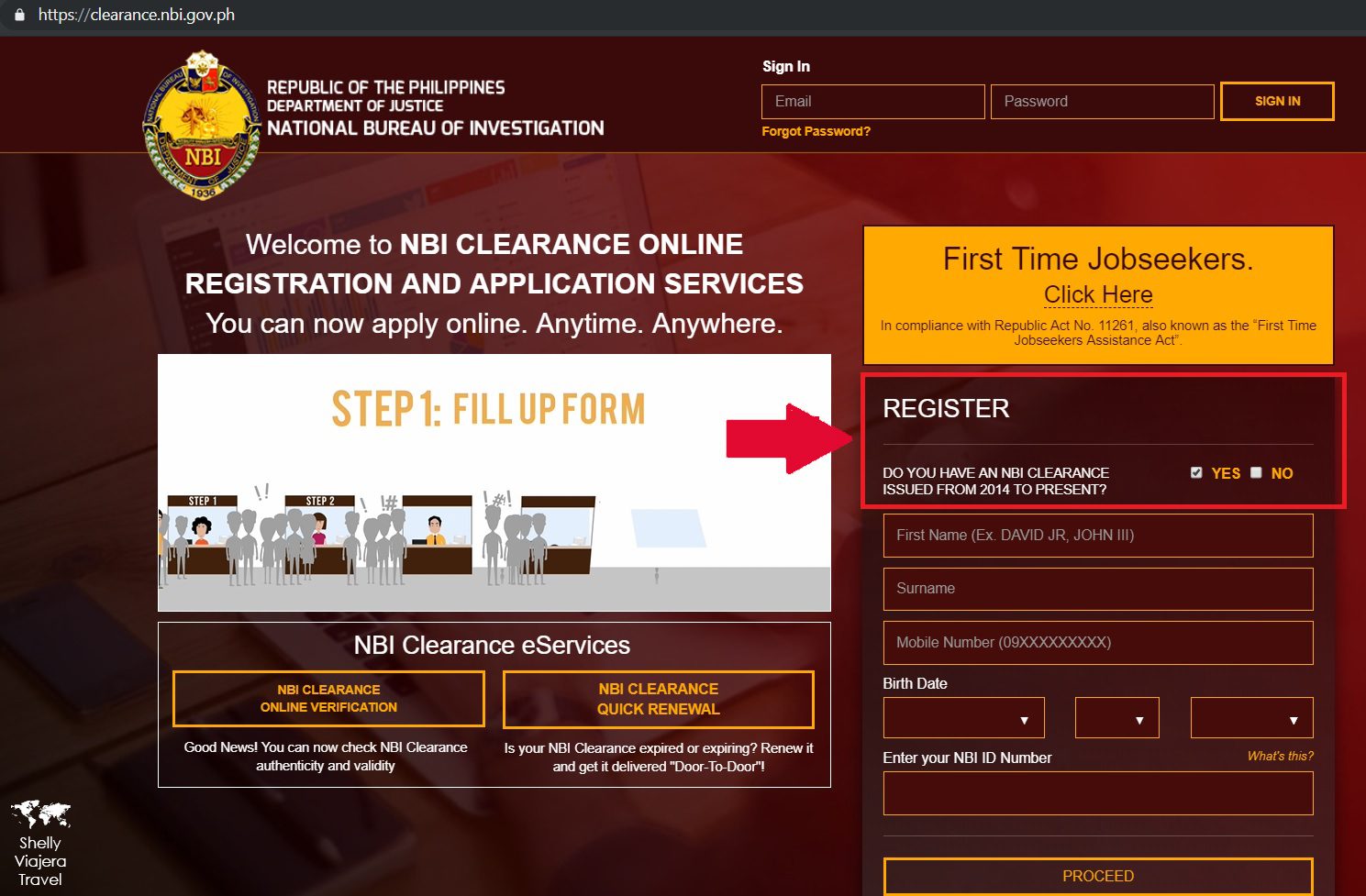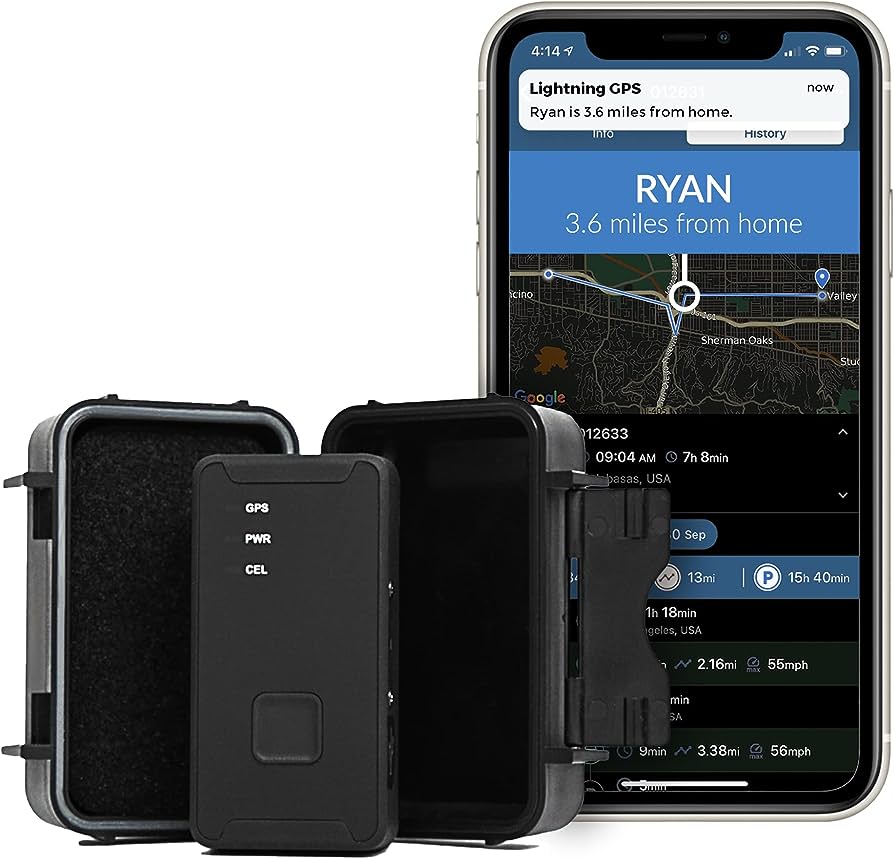To track NFT sales, use blockchain explorers or specialized NFT tracking platforms. These tools provide real-time data and transaction history for NFT sales.
NFTs (Non-Fungible Tokens) have gained immense popularity in recent years, enabling creators to sell and trade unique digital assets on the blockchain. With the booming NFT market, many collectors and investors seek ways to track NFT sales and stay informed about trends and market values.
Fortunately, several tools are available to track NFT sales, providing valuable insights into the transactions and pricing of these digital assets. By utilizing blockchain explorers and specialized NFT tracking platforms, individuals can access real-time data and comprehensive transaction histories for NFT sales. We will explore effective methods to track NFT sales and discuss the importance of keeping up with this fast-paced market.
Understanding Nfts And Their Value
NFT sales tracking allows for a comprehensive understanding of the value behind these unique digital assets. Explore the intricacies of NFTs and their market activity to gain insights into this emerging trend.
NFTs, or Non-Fungible Tokens, have taken the digital world by storm. In simple terms, an NFT represents ownership or proof of authenticity for a specific digital asset, such as artwork, music, videos, or virtual real estate. The unique nature of NFTs, along with their potential for value appreciation, has attracted artists, collectors, and investors alike.
Let’s delve deeper into the reasons behind the growing popularity of NFTs and why tracking their sales has become crucial in this expanding digital art market.
What Are Nfts And Why Are They Valuable?
- NFTs are unique digital assets that are purchased and stored on the blockchain, a decentralized public ledger.
- Unlike cryptocurrencies like Bitcoin or Ethereum, these tokens cannot be exchanged for one another on a one-to-one basis since each NFT possesses its distinctive characteristics and value.
- The value of an NFT lies in its scarcity, authenticity, and provenance, giving it a level of uniqueness and exclusivity that traditional digital content lacks.
- NFTs provide artists an opportunity to monetize their digital creations directly, cutting out intermediaries and allowing them to retain control over their work.
- Collectors and investors are attracted to NFTs due to their potential for high returns, as they can buy, sell, or trade these assets, often at significantly higher prices than the original purchase value.
Exploring The Growing Popularity Of Nfts In The Digital Art Market
In recent years, NFTs have gained significant traction in the digital art market, revolutionizing the way we perceive and trade art. Here’s why NFTs are widely embraced:
- Scarce and authentic: NFTs provide a solution to the digital replication and distribution problem faced by digital artists, ensuring the uniqueness and scarcity of their creations.
- Creating a direct connection between artists and collectors: NFTs empower artists to engage directly with their audience, fostering a deeper connection and allowing for more meaningful interactions.
- Democratizing the art world: With NFTs, artists from diverse backgrounds can showcase and monetize their work, challenging traditional gatekeepers and widening the art market’s reach.
- Enhanced ownership and provenance: Blockchain technology ensures the transparent and immutable record of ownership, tracing each NFT’s transaction history and providing a verifiable chain of provenance.
- Opportunities for new revenue streams: NFTs offer artists the potential to earn royalties whenever their digital art changes hands, providing a continuous income stream even after the initial sale.
The Importance Of Tracking Nft Sales For Artists, Collectors, And Investors
For artists, collectors, and investors, keeping track of NFT sales has become essential in navigating this dynamic market. Here’s why tracking NFT sales is crucial:
- Market insights and trends: By monitoring sales data, artists gain valuable insights into buyer preferences, trends, and market demands, enabling them to refine their artistic strategies and unlock new opportunities.
- Pricing and valuation: Tracking NFT sales allows artists and collectors to determine fair prices for their creations or potential acquisitions, leveraging market dynamics and comparable sales data.
- Authenticity and provenance verification: When buying or selling NFTs, verifying their authenticity and provenance is crucial. By tracking sales, individuals can verify the legitimacy of a particular NFT, minimizing the risk of fraud or counterfeit assets.
- Investment decision-making: Investors rely on sales data to identify high-performing NFTs and make informed investment decisions, predicting potential future appreciation or assessing risks.
- Networking and collaborations: Understanding the sales landscape helps artists, collectors, and investors connect with like-minded individuals, fostering collaborations, partnerships, and community growth.
In this rapidly evolving digital art market, tracking NFT sales plays a vital role in maximizing opportunities, mitigating risks, and staying ahead of the curve. Whether you’re an artist, collector, or investor, leveraging sales data can provide valuable insights and enable you to make informed decisions in this exciting world of NFTs.
Key Metrics And Tools For Tracking Nft Sales
Discover the essential key metrics and powerful tracking tools for effectively monitoring NFT sales. Gain valuable insights into how to track and analyze the success of your NFT investments with these invaluable resources.
In the world of NFTs, tracking sales data and monitoring activity is essential for both collectors and creators. By understanding key metrics and utilizing helpful tools, you can gain valuable insights into the market and make more informed decisions. Here are some essential methods and resources for tracking NFT sales.
Utilizing Blockchain Explorers To Track Transactions And Sales:
- Blockchain explorers are powerful tools that allow you to view and analyze transaction data on the blockchain. They provide transparency and allow you to track NFT sales effectively.
- Key metrics and information that can be obtained using blockchain explorers include transaction history, buyer and seller addresses, prices, and transaction timestamps.
- By inputting wallet addresses associated with specific NFTs or artists, you can easily discover sales data and monitor trends in the market.
- Some popular blockchain explorers include Etherscan, BscScan, and Flowscan. These platforms offer user-friendly interfaces and detailed transaction information.
The Significance Of Wallet Addresses In Monitoring Nft Activity:
- Wallet addresses hold a crucial role in tracking NFT sales. Each transaction and ownership change is recorded on the blockchain using these unique identifiers.
- You can track the movement of specific NFTs or artists by monitoring wallet addresses associated with them. This allows you to identify sales, follow trends, and gauge market demand.
- Wallet addresses also enable you to trace the histories of specific collectors and evaluate their impact on the NFT ecosystem.
- By utilizing wallet addresses, you can gain a comprehensive understanding of sales patterns, price fluctuations, and the overall market dynamics.
Exploring Platforms And Marketplaces That Provide Sales Data And Analytics:
- Several platforms and marketplaces offer comprehensive sales data and analytics, making it easier for you to track NFT sales.
- These platforms collect and aggregate sales information from various marketplaces, providing you with a centralized source for data analysis.
- They offer insights such as the total sales volume, average prices, top sellers, and top-performing collections.
- Popular platforms in this space include CryptoSlam, NonFungible, and DappRadar. They present data in visually appealing formats, allowing you to spot trends and make informed investment decisions.
To effectively track NFT sales, it is crucial to utilize a combination of blockchain explorers, wallet addresses, and dedicated platforms that provide sales data and analytics. By staying informed and leveraging these tools, you can navigate the ever-evolving NFT market with confidence and make data-driven decisions.
Tracking Nft Sales: Best Practices And Strategies
Discover the best practices and strategies for effectively tracking NFT sales. Learn how to keep tabs on the booming market and optimize your investments.
As the popularity of NFTs continues to rise, more and more individuals are seeking ways to track sales and keep up with the latest trends. Fortunately, there are several best practices and strategies you can employ to stay on top of the ever-evolving world of NFT sales.
In this section, we will explore setting up alerts and notifications for specific NFTs or artists, analyzing historical sales data to identify trends and patterns, and the role of metadata in tracking NFT sales and verifying authenticity.
Setting Up Alerts And Notifications For Specific Nfts Or Artists:
- Stay informed by setting up alerts and notifications tailored to your interests. Here’s how you can do it:
- Utilize dedicated NFT marketplaces that offer alert features to be notified of any new listings or sales related to specific NFTs or artists of interest.
- Subscribe to newsletters or join communities that provide regular updates on NFT sales. These platforms often offer customizable alerts to keep you informed about the latest happenings.
- Consider using social media platforms or dedicated NFT tracking services that provide real-time notifications for specific NFTs or artists.
Analyzing Historical Sales Data To Identify Trends And Patterns:
- Historical sales data can be a valuable tool for understanding trends and patterns in the NFT market. Here’s how you can analyze it effectively:
- Explore NFT sales databases and analytics platforms that provide comprehensive data on past sales. These platforms may offer filters and sorting options to help you narrow down your analysis.
- Pay attention to factors such as the time of sale, the price range, and the popularity of specific NFTs or artists. This information can help you identify trends and make more informed investment decisions.
- Look for patterns in the sales history of specific NFTs, such as recurring price spikes or consistent demand over time. These patterns can offer valuable insights into the market dynamics.
The Role Of Metadata In Tracking Nft Sales And Verifying Authenticity:
- Metadata plays a crucial role in tracking NFT sales and ensuring their authenticity. Here’s why it matters:
- Metadata provides crucial information about an NFT, including its creator, release date, edition number, and provenance. This data can help you verify the authenticity and ownership of an NFT.
- Blockchain technology ensures the immutability and transparency of metadata, making it a reliable source of information for tracking NFT sales.
- Pay close attention to metadata when engaging in NFT transactions. Verifying the accuracy and completeness of the metadata can help you avoid potential scams or fraudulent NFTs.
By setting up alerts and notifications, analyzing historical sales data, and understanding the role of metadata, you can enhance your ability to track NFT sales effectively. Incorporate these best practices and strategies into your routine to stay informed and make informed decisions in the exciting world of NFTs.
Case Studies: Successful Nft Sales Tracking
Successfully track NFT sales through comprehensive case studies. Gain insights on how to monitor and analyze NFT sales for optimal results.
Examining Notable Nft Sales And The Strategies Used To Track Them
Notable NFT sales have taken the art and collectibles market by storm, with record-breaking sales capturing worldwide attention. Tracking these high-value NFT sales is essential for artists, collectors, and investors alike. Let’s delve into some case studies that highlight successful NFT sales tracking strategies.
- Beeple’s “Everydays: The First 5000 Days”: This groundbreaking digital artwork sold for a staggering $69.3 million in a historic auction. The tracking of this sale involved:
- Utilizing blockchain technology: The transaction data was stored on the Ethereum blockchain, ensuring transparency and traceability.
- NFT marketplace tracking: Multiple platforms tracked the sale, documenting the ownership transfer and providing a comprehensive history of the artwork’s journey.
- CryptoPunk #7804: Fetching a remarkable 4200 ETH (approximately $7.6 million), this CryptoPunk exemplifies the power of scarcity and uniqueness in NFT sales tracking:
- On-chain metadata tracking: The characteristic traits, rarity, and ownership of each CryptoPunk are all stored on the Ethereum blockchain. Detailed information about CryptoPunk #7804’s attributes was essential in determining its value.
- Public awareness and exposure: CryptoPunks gained significant recognition as one of the first successful NFT projects. The tracking of this sale highlighted the demand for these distinctive digital collectibles.
Learning From Successful Artists And Collectors In The Nft Market
The NFT market has witnessed the rise of successful artists and collectors who have capitalized on the tracking of NFT sales. Here are some valuable lessons we can learn from their experiences:
- Building a dedicated community: Artists who foster a strong community around their work have a higher chance of gaining recognition and increasing the value of their NFTs. Engaging with fans through social media, exclusive events, and collaborations helps build a loyal following.
- Collaborations with established brands: Teaming up with well-known brands or artists can significantly enhance the visibility and prestige of an artist’s NFTs. Collaborative NFT releases attract both the existing fan base and new collectors, driving up demand and value.
- Understanding market trends: Successful NFT artists and collectors stay up-to-date with the latest trends in the market. They adapt their strategies, create timely artworks, and collaborate with relevant influencers to tap into emerging opportunities.
Understanding The Impact Of Tracking Nft Sales On The Value And Perception Of Artwork
Tracking NFT sales not only aids in documenting ownership transfers but also influences the value and perception of artwork in the market. Here’s how:
- Increasing market transparency: With NFT sales openly visible on the blockchain, potential buyers can assess an artwork’s demand, trading history, and price evolution. This transparency instills confidence in collectors and investors, leading to more informed decisions.
- Establishing provenance and authenticity: Tracking NFT sales provides a verifiable chain of ownership, ensuring the legitimacy of an artwork. Provenance and authenticity are crucial factors that contribute to an artwork’s value and perception.
- Creating a historical record: The tracking of NFT sales contributes to the creation of an extensive historical record for each artwork. This record includes details such as previous sales, influential collectors, and notable milestones, further adding to an artwork’s narrative and provenance.
Tracking NFT sales is not only a practical necessity but also a vital aspect of building trust, credibility, and market value in the burgeoning world of digital art and collectibles. As the NFT space continues to evolve, artists, collectors, and investors should harness the power of tracking to navigate this exciting landscape.

Credit: nftplazas.com
Frequently Asked Questions On How To Track Nft Sales
How Do I Keep Track Of Nft Transactions?
To keep track of NFT transactions, use blockchain explorers or NFT marketplaces for detailed transaction histories.
How Do I Find My Nft Sales History?
To find your NFT sales history, check your NFT marketplace account for transaction details.
What Is The Best Website For Nft Tracking?
The best website for NFT tracking is [website name], which provides accurate and real-time information on NFT transactions.
What Is The App That Tracks Nft Prices?
The app that tracks NFT prices is called [insert app name]. It provides real-time updates and analytics for NFT market values.
Conclusion
Tracking NFT sales is crucial for both NFT collectors and artists to gain a deeper understanding of market trends and make informed decisions. By using various tracking platforms and tools specifically designed for NFTs, individuals can monitor sales, track prices, and analyze demand.
This information can help collectors identify emerging trends, determine the value of their assets, and make informed buying and selling decisions. Additionally, tracking NFT sales allows artists to gauge the success of their work and identify potential buyers or collectors who are interested in their pieces.
By staying up-to-date on sales data, artists can also identify popular themes and styles, helping them create artwork that resonates with the market. Tracking NFT sales is essential in the fast-paced and ever-evolving world of digital art. By utilizing the appropriate tracking platforms and tools, individuals can gain valuable insights into the market, make informed decisions, and stay ahead in the NFT space.
So, whether you’re an artist or a collector, take advantage of these valuable resources to navigate the exciting world of NFTs.
- What Is the 11 Hour Limit: A Comprehensive Guide - June 7, 2024
- What Happens if You Drive on a Suspended License in Virginia - June 7, 2024
- Wilcox Justice Court Overview: Online Services & Legal Proceedings - June 6, 2024


